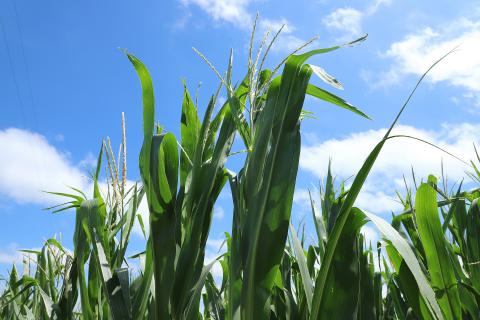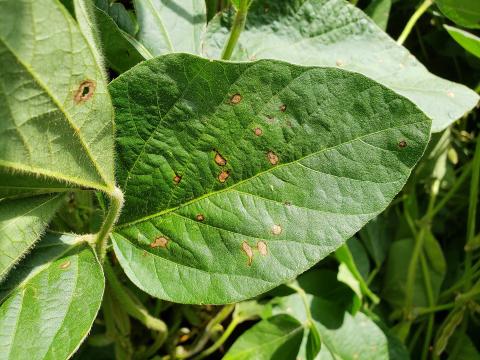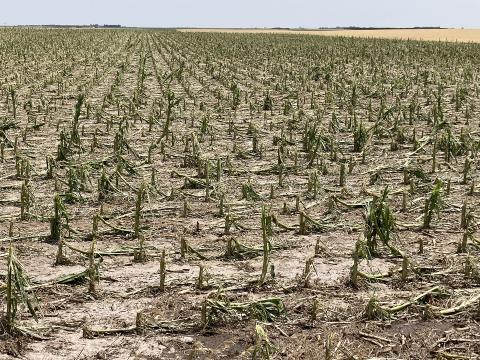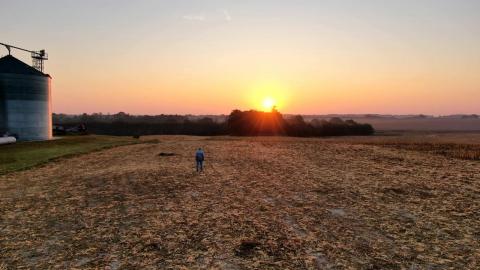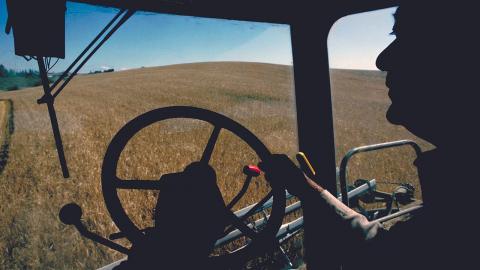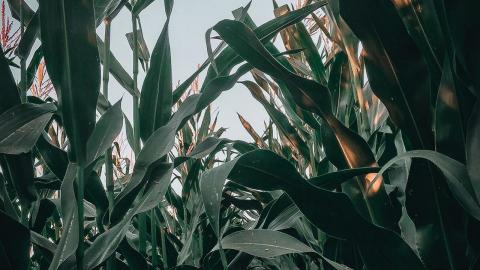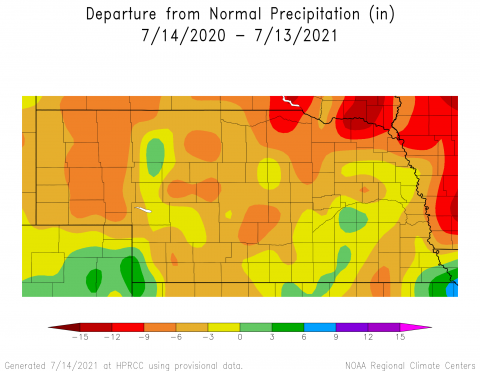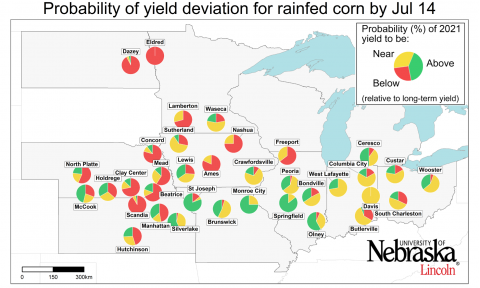Nebraska Corn Growth on Schedule, Soybeans Slightly Ahead of Average
July 21, 2021
For the week ending July 18, 2021, corn silking was 54%, equal to the five-year average. Soybeans blooming was 74%, ahead of 62% average.
Corn and Soybean Disease Update: Southern Rust, Frogeye Leaf Spot, and Phytophthora Root and Stem Rot
July 21, 2021
Following identification of southern rust, Phytophthora root and stem rot, and frogeye leaf spot in areas throughout the state, producers are encouraged to scout and be prepared to apply the appropriate fungicide treatments.
Farmers: Know How to Respond to Hail Damage
July 19, 2021
In the aftermath of the severe hail, farmers have numerous tasks to complete before replanting or destroying damaged crops. CropWatch's Hail Know resource can assist producers with each step of the process.
Ag Land Management, Leasing Workshops Scheduled Across State
July 15, 2021
Nebraska Extension and the University of Nebraska-Lincoln’s Center for Agricultural Profitability will host a series of 12 land management workshops across the state between July 22 and Sept. 8.
Calculating Field Operation Costs with ABC and Setting Harvest Rates
July 15, 2021
Nebraska Extension Educator Glennis McClure reviews the rates reported in the 2020 biennial custom rates report and how to utilize the UNL Department of Agricultural Economics’ new Ag Budget Calculator program.
Impacts of Crop Insurance and Intra-season Hedging on Long-run Net Income Risk
July 15, 2021
Results of a recent study on privately funded tools, such as hedging grain on the futures market, and publicly funded tools, such as government subsidized crop insurance to investigate the role of intra-season hedging strategies and crop insurance.
Mid-Year Weather, Drought and La Nina Update
July 15, 2021
The distinct periods of above and below normal temperatures are expected to continue in Nebraska. Respectable precipitation events in early August are anticipated.
2021 Corn Yield Forecasts as of July 14
July 14, 2021
Although it is still too early to make strong inferences about end-of-season yields for irrigated corn, there is a relatively high probability for near-average yields for a majority of sites.


